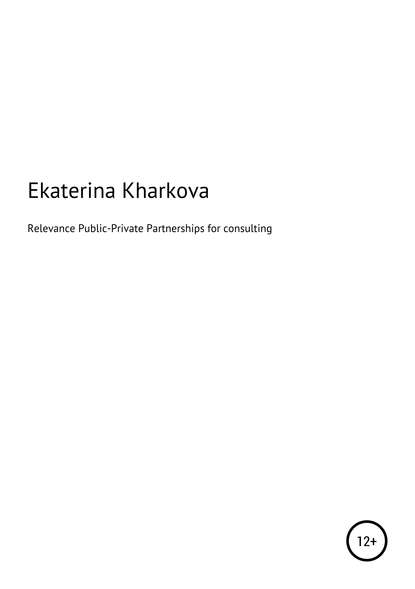Relevance of Public-Private Partnerships for consulting services

000
ОтложитьЧитал
1
Introduction
The number of PPPs in Germany grew up tremendously in the last years, which demonstrates the numerous advantages resulting from the cooperation between the public and the private sectors (Figure 1). In accordance with Federal Statistical Office, in December 2015, about 200 PPP projects (conclusion of the contract) are taken into account in national accounts in Germany1.
Year
# of PPP projects
2002
2
2004
12
2006
23
2008
28
2010
15
2012
8
2014
6
2016
3
Figure 1: PPP projects in Germany2
What is a Public-Private Partnership? In its widest sense, a PPP can be defined as a long-term contractual agreement between the public authorities and the private sector. Generally, any combination or blending of public and private resources can be called a “public-private partnership.”
The demand for Public Private Partnerships as an increasingly attractive tool for infrastructure and urban development is evident, especially in an economic climate where fewer resources are available for public needs. PPPs are involved in a wide range of social and economics projects, but they are mostly popular to build and operate hospitals, schools, prisons, roads, bridges and tunnels and rail networks. They generate a large amount of private and public capital. In this way, such partnerships can be a good target for diverse consulting services.
